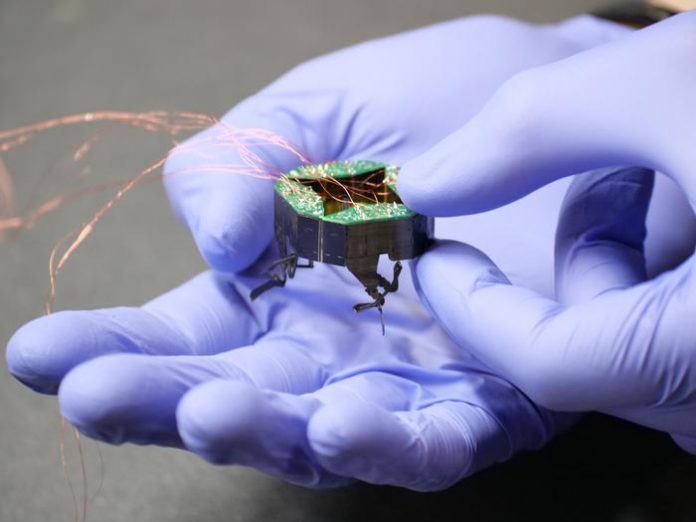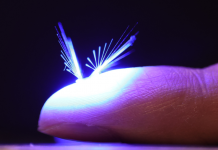
Meet CLARI, the small flexible Robot designed to navigate small spaces, with some inspiration from the world of bugs
CLARI stands for Compliant Legged Articulated Robotic Insect; it originated from a team of engineers at the University of Colorado, Boulder. It also can aid first responders in dealing with major disasters in an entirely new way.
Shape shifting robots
CLARI is so small you can hold multiple of these robots in the palm of your hand. They measure even smaller than a ping-pong ball. These robots, designed by Heiko Kabutz, a doctoral student in the Paul M. Rady Department of Mechanical Engineering, can alter their shape from square to long and slim to navigate tight spaces.
Kabutz and his colleagues introduced the miniature Robot in a study published Aug. 30 in the “Advanced Intelligent Systems.”
Currently, CLARI has four legs, but its versatile design allows engineers to create a unique variety of Robotic configurations by mixing and matching appendages.
“Most robots today basically look like a cube […] Why should they all be the same? Animals come in all shapes and sizes.”
According to Kaushik Jayaram, an assistant professor of mechanical engineering at CU Boulder and a co-author of the study, CLARI is currently in its early stages. The Robot, for example, is connected by wires for power and basic commands.
However, Jayaram envisions a future where these small robots could autonomously navigate previously unreachable areas, such as the inside of jet engines or in the rubble of collapsed buildings.
“It has a modular design, which means it’s very easy to customize and add more legs,” Kabutz said. “Eventually, we’d like to build an eight-legged, spider-style robot that could walk over a web.”
Inspired by cockroach abilities
Jayaram is experienced in crafting robots that adopt the traits of animals. While studying at the University of California, Berkeley, he designed a robot that could compress itself to half its height, like cockroaches wedging through cracks in the walls.
However, he thinks there is much more to explore when imitating animals’ flexibility.”We were able to squeeze through vertical gaps,” he said. “But that got me thinking: That’s one way to compress. What are others?”
This is where CLARI steps in, designed to fit through horizontal gaps easily.
In its basic form, CLARI is shaped like a square with one leg on either side. But by adjusting its shape, it can become longer or more elongated.
Overall, the Robot can transform from roughly 34 millimetres (1.3 inches) wide when square to approximately 21 millimetres (0.8 inches) wide when elongated.
CLARI: Shaping the Future of Adaptable Robots
Jayaram and Kabute view CLARI as an initial step in a series of CLARI’s that they working towards making even smaller and more agile.
In future, the researchers intend to include sensors in CLARI, enabling it to detect and respond to obstacles. The group is also examining CLARI to give the Robot the right mix of flexibility and strength.
Ultimately, the team wants to create robots that can change shape and navigate not only controlled lab environments but also natural spaces.













